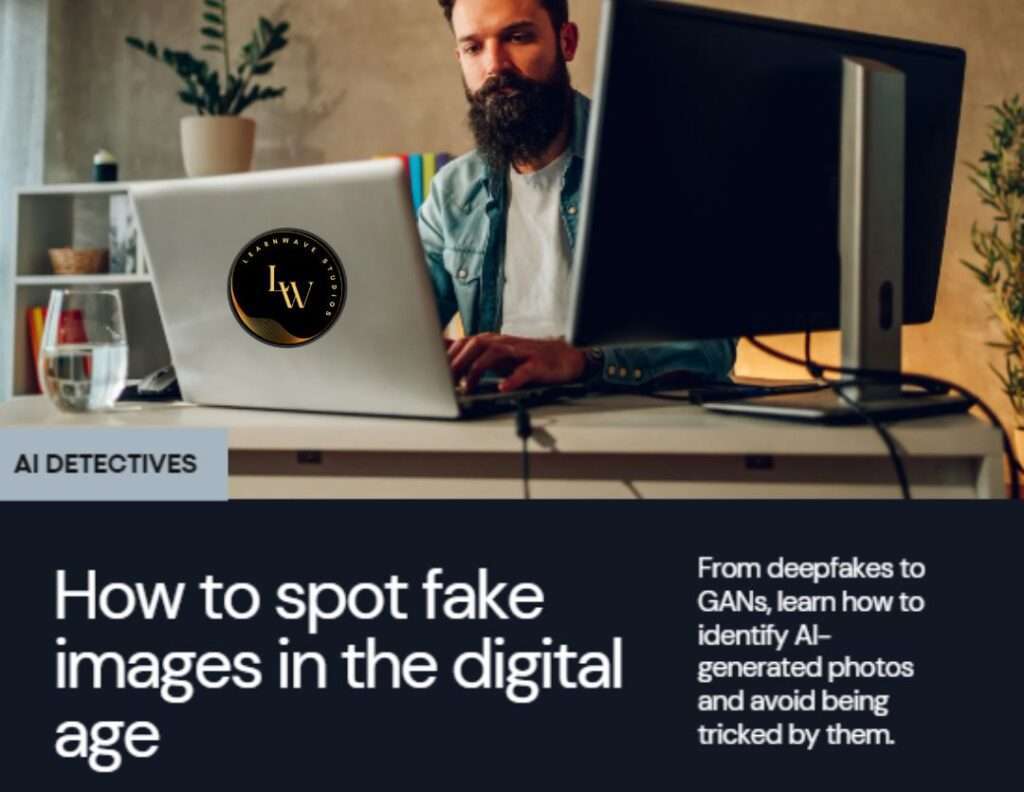How to Detect AI-Generated Photos and Identify Trickery
In an age of advanced artificial intelligence, the use of AI to create deceptive images is a growing concern. The rise of deepfake technology and sophisticated AI-generated photographs has intensified the challenge of distinguishing between genuine and manipulated visual content. As a result, it is essential to understand how to recognize the hallmarks of AI-generated photos and utilize trusted resources for identification.

Detecting AI-Generated Photos: Key Indicators
1. Inconsistencies in Facial Features: One common sign of AI manipulation is irregularities in facial features, such as distorted proportions or unnatural symmetry. Watch for subtle abnormalities in facial structures, as AI-generated images may struggle to replicate the intricacies of natural human faces.
2. Unnatural Backgrounds and Context: AI-generated photos may exhibit unrealistic background scenes or visual contexts that appear out of place or oddly composed. Pay attention to details within the environment of the image to spot potential inconsistencies.
3. Anomalies in Image Quality: Deepfake and AI-generated photos or images often display imperfections in quality, such as pixelation, unusual lighting effects, or discrepancies in texture. These visual anomalies can provide clues to the artificial nature of the image.
Resources for Identifying AI-Generated Photos
To aid in the identification of AI-generated photos and combat visual deception, several reputable websites offer valuable insights and tools. By utilizing these platforms, individuals can validate the authenticity of photographs and safeguard against manipulated visuals. Here are some reliable resources:
1. TinEye: TinEye is a powerful reverse image search engine that can assist in uncovering instances of image alteration and identifying AI-generated content.
2. Forensic: Forensic Magazine provides comprehensive coverage of forensic technologies and methodologies, including insights into the detection of manipulated images through advanced forensic analysis.
3. Snopes: Snopes is renowned for fact-checking and debunking misinformation, making it a valuable resource for verifying the authenticity of photographs and combatting visual deception online.
By leveraging these reputable resources and employing a critical eye for discerning visual authenticity, individuals can enhance their ability to identify AI-generated photos and mitigate the impact of manipulated imagery.
In conclusion, the proliferation of AI-generated photos underscores the importance of developing proficiency in detecting digital deception. By familiarizing oneself with the telltale signs of AI manipulation and leveraging trusted websites equipped with detection tools and expertise, individuals can better navigate the prevalence of AI-generated visuals in today’s digital landscape. With a proactive approach to photo verification, we can collectively foster a more informed and discerning online community, equipped to identify and combat the latest advancements in AI trickery.
Seeking truth in the digital image sphere necessitates diligence, critical thinking, and the utilization of reliable resources for validation. As we continue to interact with visual content in the digital realm, the ability to discern authentic imagery from AI-generated facsimiles will remain an invaluable skill, contributing to a more transparent and trustworthy online environment.

